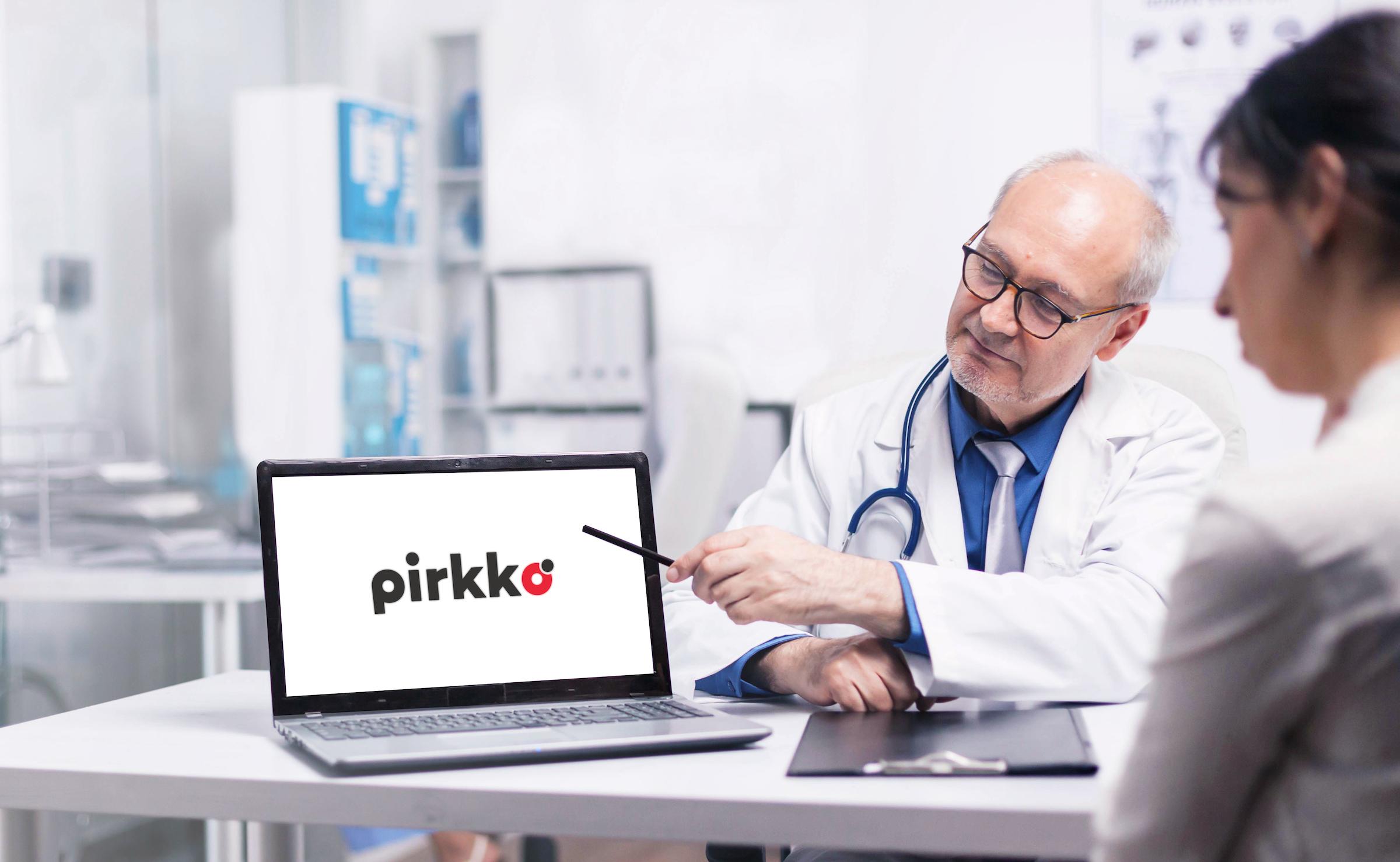
What is PIRKKO®?
PIRKKO® is the first genuine resource management system designed to reform mental health work. When care work is reorganized using the PIRKKO® system, it becomes effective and fulfils the recommendations – while also bringing cost increases to a halt.
PIRKKO® is the first genuine resource management system designed to reform mental health work. When care work is reorganized using the PIRKKO® system, it becomes effective and fulfils the recommendations – while also bringing cost increases to a halt.
Developed by Integritas, PIRKKO® is an application designed to improve mental health work using the resources currently available. There was an urgent need for such an application, as mental health patients in Finland receive care too infrequently and over unnecessarily long periods of time.
With the Care Optimizer PIRKKO®, psychosocial services can be reformed to correspond to the latest research data and the number of patient visits can be reduced by up to 30 percent.
Effective management aid
The PIRKKO® system allows you to organize work more systematically and effectively without hiring new personnel. It is an effective aid for management, for improving the transparency of work and costs, and for the actual grass-roots work.
The system generates structured data that includes, among other things, the duration and intensity of the care, the objectives, and the indicators used to assess care.
PIRKKO® also analyzes and enriches existing client and patient data. This enables the compilation of statistics, follow-up, and comparisons, as well as the reorganization of activities and change management.
The generated structured data can be used e.g. in specialized health care to identify the cases where further appointments are unlikely to improve the results, making it possible to refer such patients to more effective services.
Additionally, some visits can be replaced with electronic follow-up, which can also be used to monitor the effectiveness of the treatment.
Status of the patient is improved
The application is based on a recovery-oriented approach. The software improves the status of the patient by e.g. making sure that they receive care and help frequently enough during the acute phase. According to current research data, new mental health patients should be treated with sufficient frequency.
When activities are reorganized using the PIRKKO® system, the care system has more room for acute and new patients and employees have more time to treat the patients. Thus, care can be provided at more frequent intervals and there is even time left for development.
PIRKKO® also complies with the latest national plan for mental health and substance abuse work. The electronic surveys included in the application allow clients or patients to also be involved in planning and evaluating their treatment easily and in a timely manner.
PIRKKO® guides the preparation of care plans to meet the needs of each client and comply with the care recommendations. It also guides the user to identify any deviations during the preparation and implementation of the plans.
How PIRKKO® works
- First, we find the bottlenecks in the service. We only need the raw data concerning the visits recorded in the patient or client information system.
- The built-in reporting tool of the PIRKKO® system visualizes the service use of a client or a client group as a diagram that is easy to interpret and can be modified according to the place of business, employee or diagnosis. The tool can be used by the entire personnel ranging from the nurses to the management, each for the specific needs of their role.
- The resulting report can be used to deduce whether care is provided as frequently as it should in order to achieve a positive outcome. This is often not the case.
Benefits of the PIRKKO® system
When PIRKKO® service is taken into use fully:
- The number of patient visits is reduced by up to 30%.
- The care provided to clients improves.
- The clients’ inclusion and satisfaction with the services improve.
- Communication within and between services improves.
- Employee stress is reduced.
- Practices that have proven effective become standard practices.